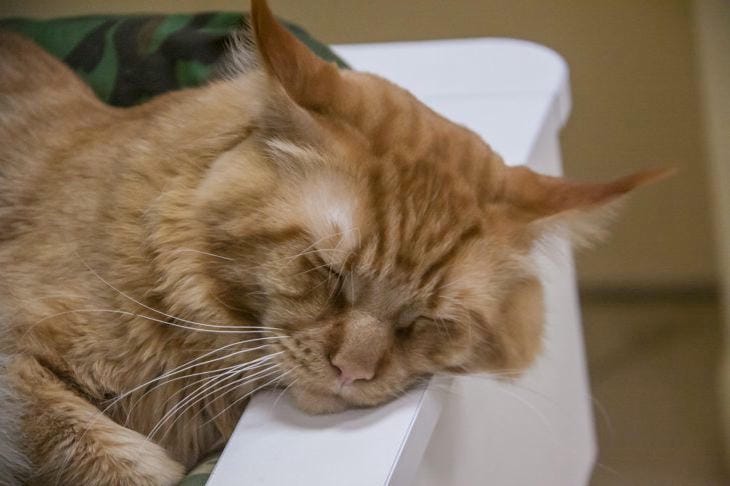How to stop a cat from biting and attacking: wise advice from an experienced felinologist
Aggressive behavior of a domestic cat can turn the life of its owners into a real test.
Understanding the reasons for such behavior and the right approach to upbringing will help establish friendly relations with your furry pet.
Causes of aggressive behavior
Cat aggression can be caused by various factors. Stress, fear, territorial disputes, early separation from the mother often provoke attacks.
It is important to identify the root cause of the problem in order to effectively correct the behavior.
Play aggression
Young kittens learn about the world through play. Lack of early socialization leads to inability to control the force of bites.

It is necessary to teach your pet to play correctly, using special toys instead of hands.
Correct response to bites
Sharp movements and screams only increase the animal's aggression. A calm reaction, stopping the game, ignoring unwanted behavior help the kitten understand the boundaries of what is allowed.
Switching attention
Active games with toys on a stick help to channel your pet's energy into a peaceful direction.
Regular play sessions will tire your cat out physically, reducing the likelihood of aggressive attacks.
Creating a comfortable environment
A cat should feel safe in the house. The presence of high beds, shelters, scratching posts allows the pet to realize its natural instincts in a safe way.
Socialization of your pet
Introducing a cat to different people and animals at an early age forms correct social behavior. Positive communication experience reduces the level of aggression and fear.
Physical activity
Regular active games prevent the accumulation of excess energy. Interactive toys, climbing frames, running wheels help maintain a normal level of activity for your pet.
Proper nutrition
An unbalanced diet can affect the behavior of the animal. High-quality food that matches the age and needs of the cat promotes well-being and calm behavior.
Medical aspect
Sudden aggression may signal health problems. Pain, hormonal imbalances, mental disorders require consultation with a veterinarian and appropriate treatment.
Consistency in education
All family members must adhere to a single line of behavior. Contradictory reactions to aggression confuse the animal and complicate the learning process.
Positive reinforcement
Rewarding good behavior with treats and affection reinforces positive habits. It is important to praise your cat for calm behavior and gentle play.
Special correction tools
Pheromone diffusers, calming collars, and herbal supplements can help reduce stress levels.
For reference
A cat is a domestic animal, one of the most popular "companion animals"
